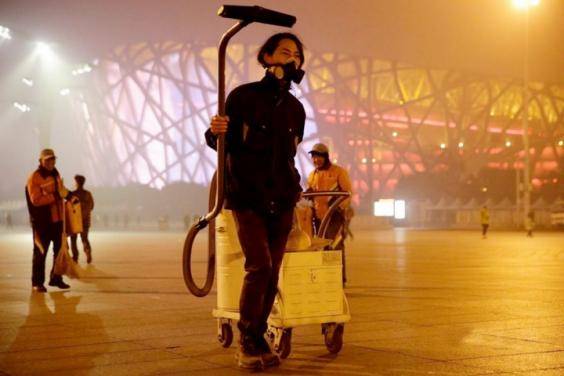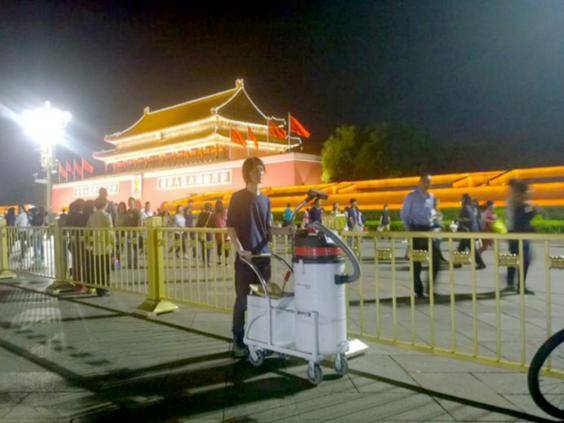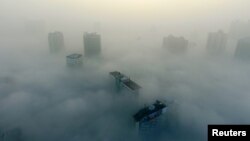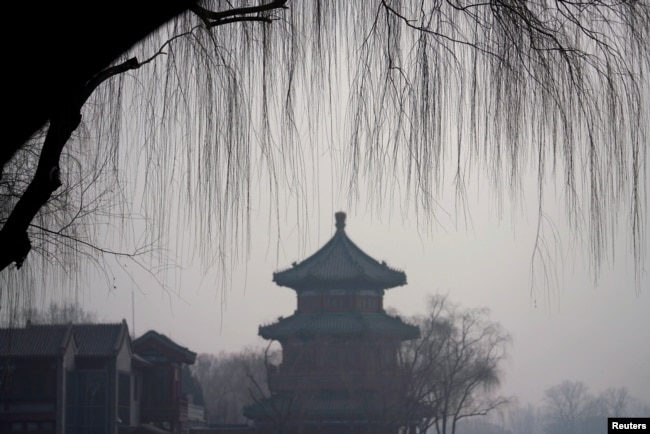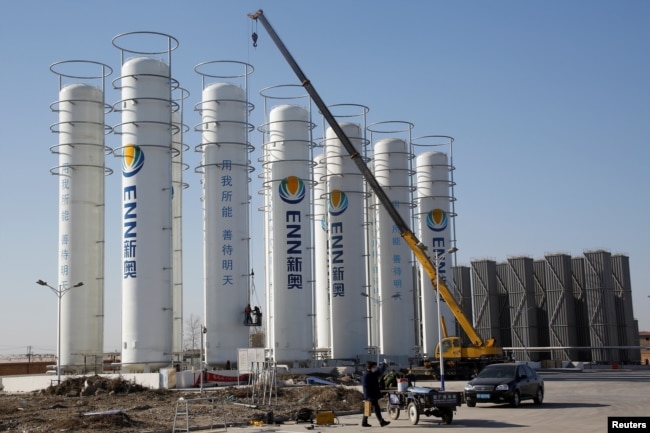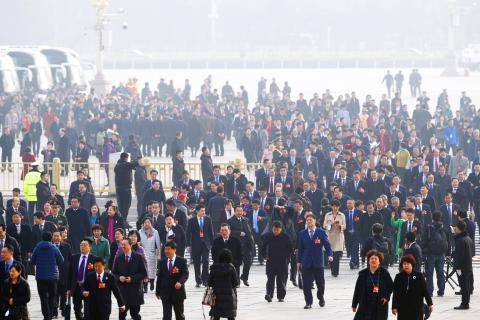ScienceRocks
Democrat all the way!
- Banned
- #1
Huge smog-ignoring bubbles proposed for Beijing
Huge smog-ignoring bubbles proposed for Beijing | DVICE
How about following America's model of regulating and forcing clean air standards on corporations?
Huge smog-ignoring bubbles proposed for Beijing | DVICE
Beijing, you may have heard, has a smog problem. The lung-collapsing weight of the pollution in China's capital city has actually gotten so bad that people have started suing the government over it. One obvious solution might be polluting less, but until China can make that happen, London-based architectural firm Orproject has a different idea.
The "Bubbles" concept is designed to be an encapsulated oasis of clean air, much like the planet-sized air shield from the movie Spaceballs. Bubbles won't be anywhere near planetary, of course. Instead, this air shield will house a park and botanical garden. Above the canopy, an undulating glass roof will contain translucent solar cells meant to collect whatever light actually penetrates Beijing's Mordor-like perpetual gloom.
How about following America's model of regulating and forcing clean air standards on corporations?


